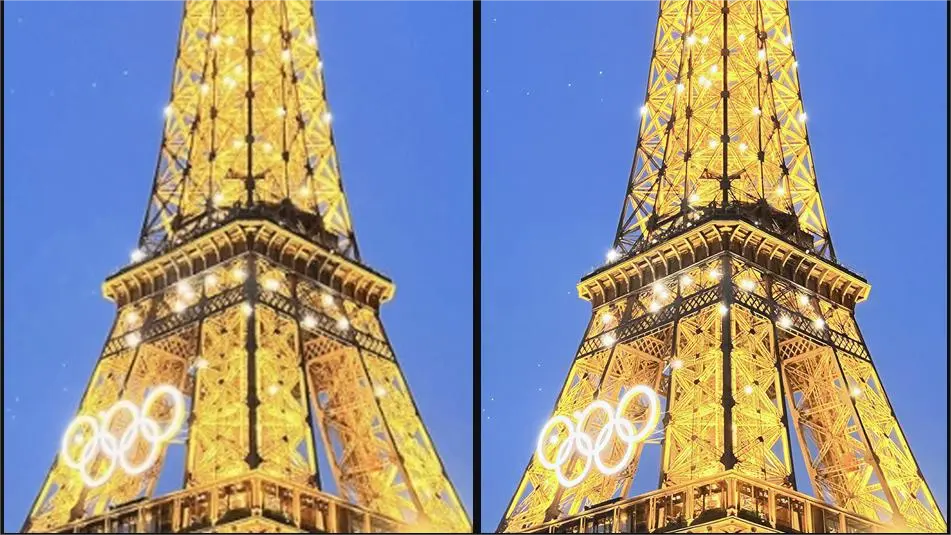
seedvr2/upscale/video
Enhance blurry visuals instantly with fast, unified AI upscaling.
Generate lifelike 4K videos from text, images, or depth inputs with synchronized audio, multi-keyframe control, and open-source flexibility for cinematic, cost-efficient creative production.
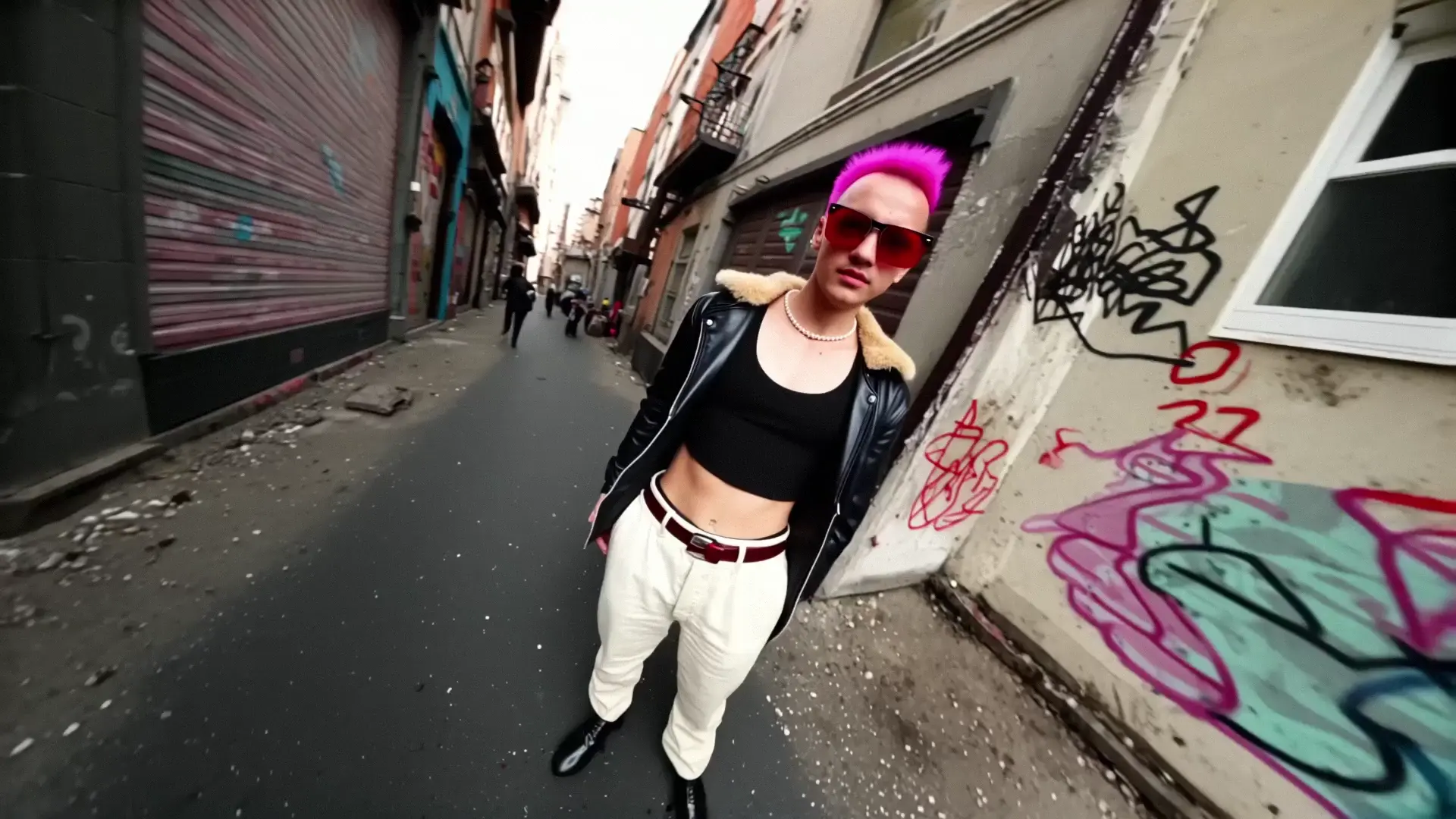
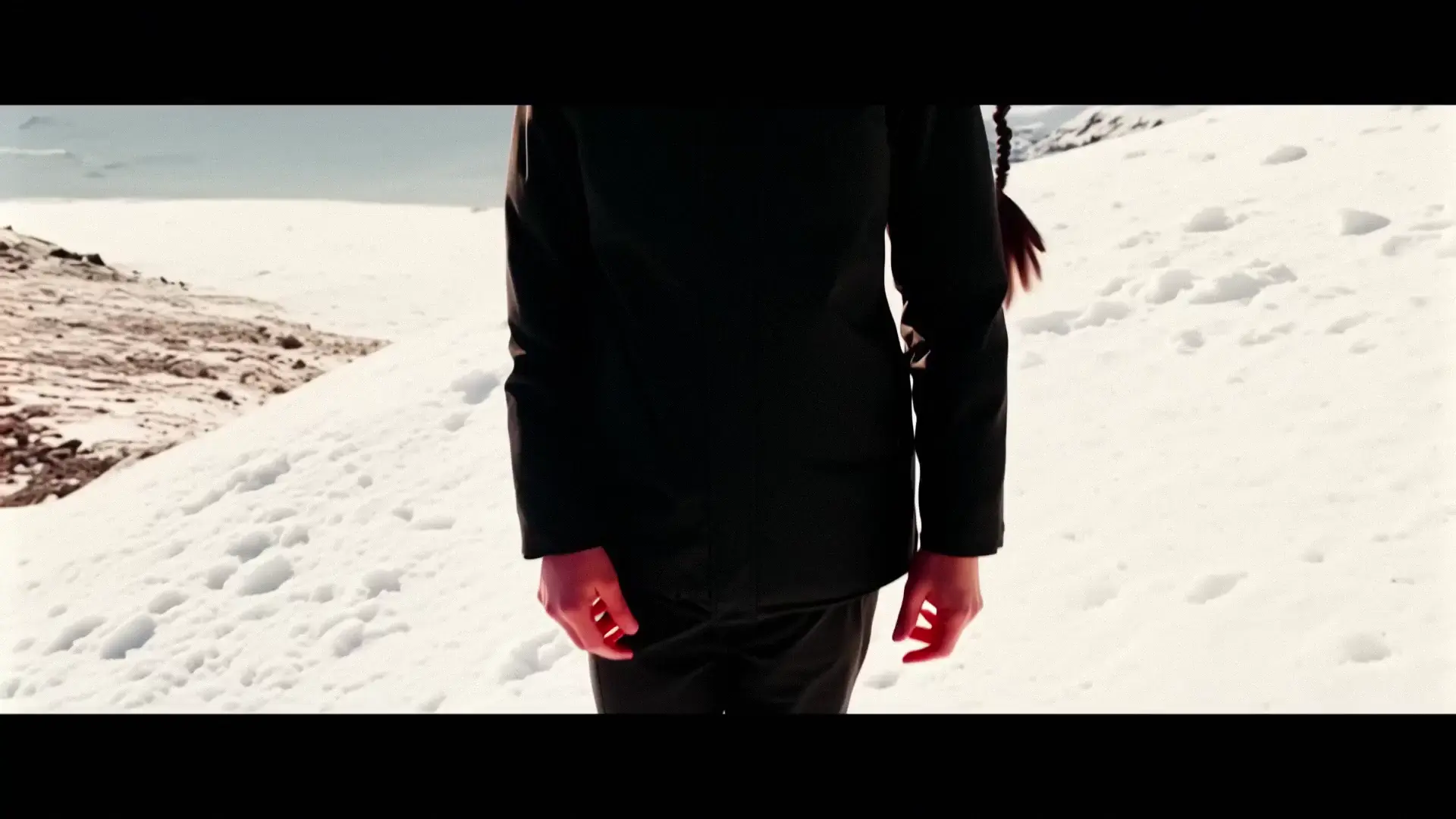
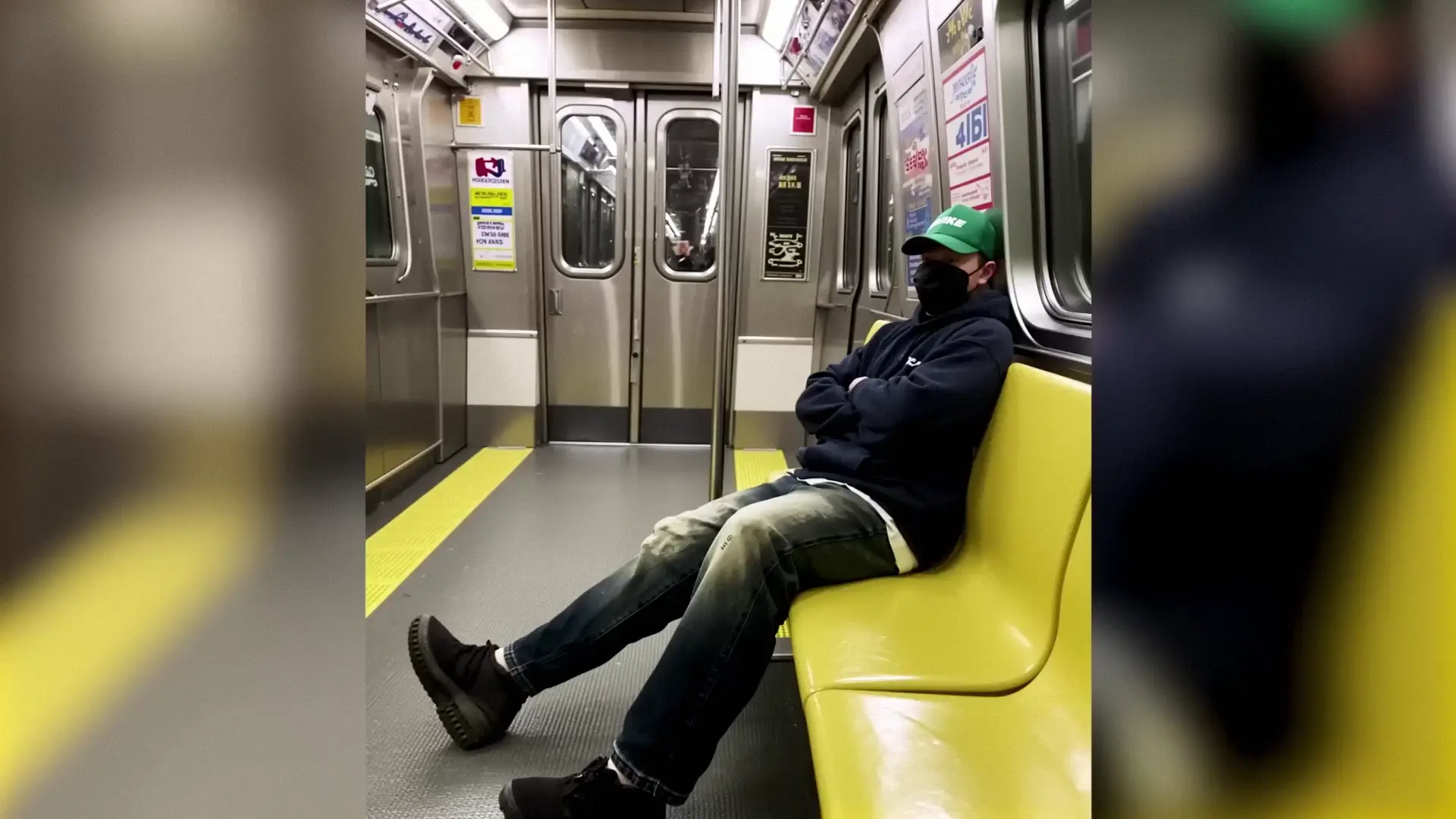

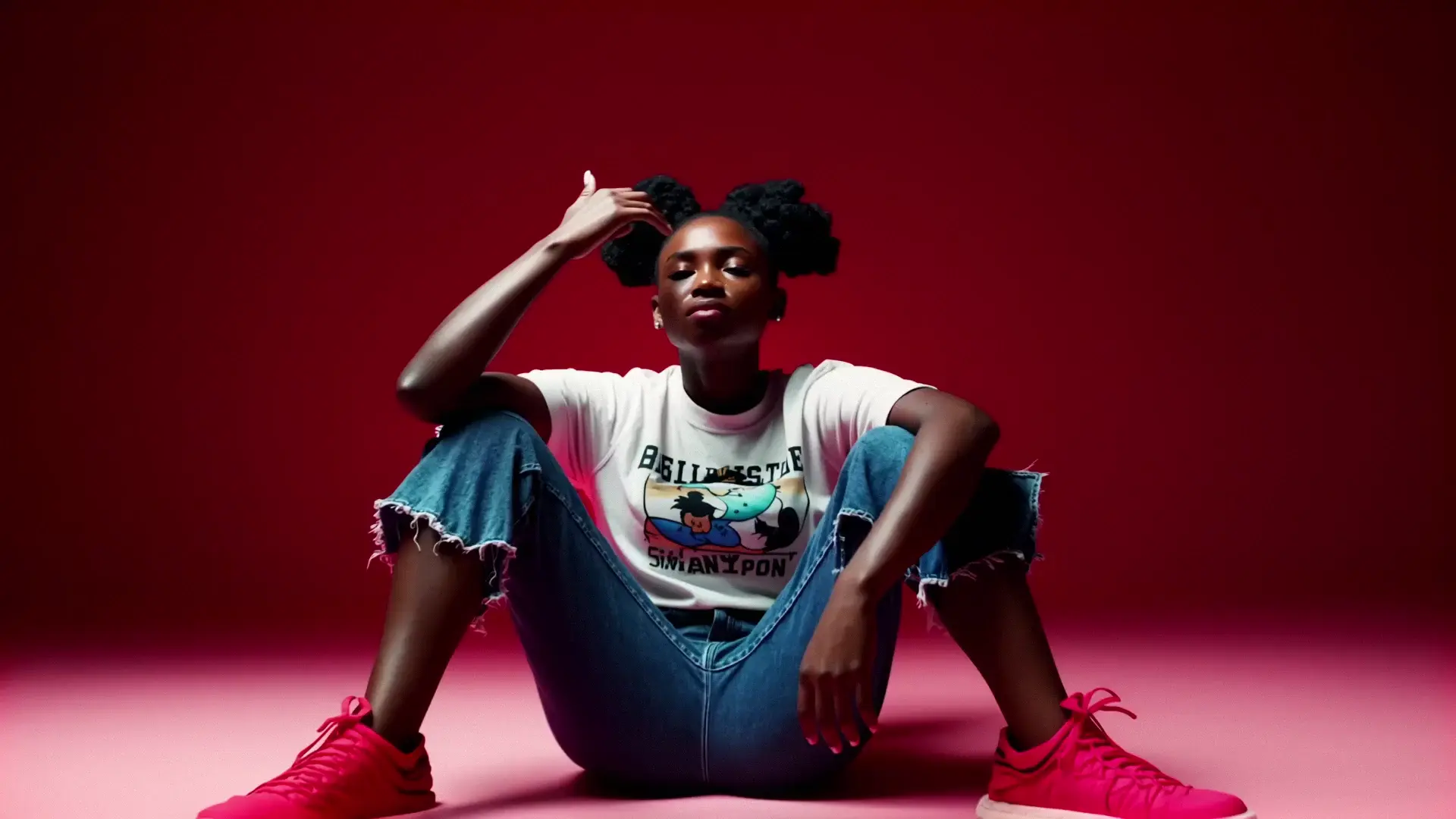
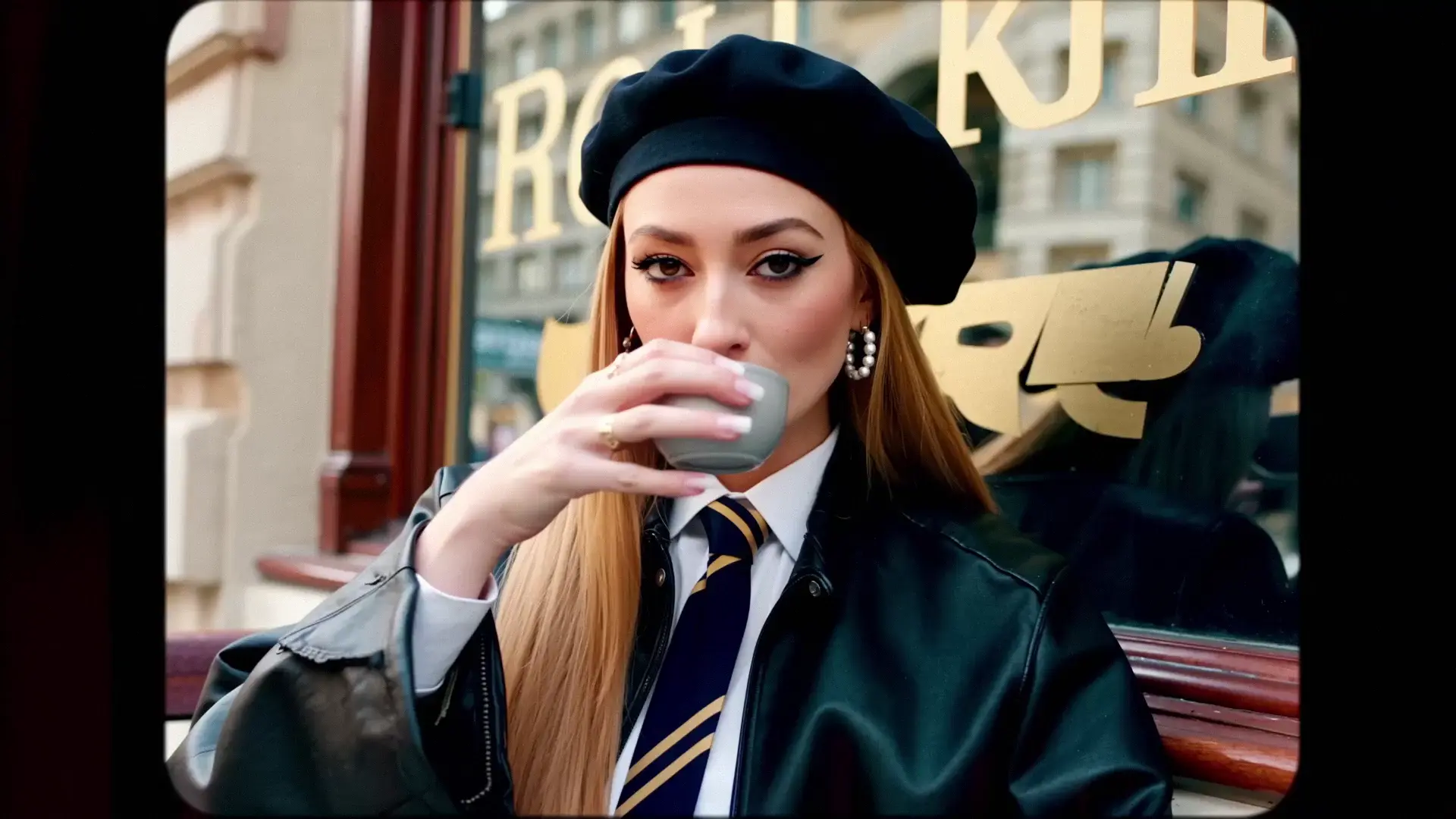
LTX 2 is a high-fidelity text-to-video model engineered for realistic motion, scene coherence, and controllable pacing. Built to translate concise prompts into cinematic sequences, LTX 2 preserves structure, maintains subject integrity, and keeps lighting and perspective consistent across frames. With 4K output, 25 or 50 fps, and optional synchronized audio, LTX 2 supports production-ready delivery while remaining cost-efficient and open-source friendly. The model prioritizes temporal stability over aggressive regeneration, so LTX 2 delivers believable results that hold up under editorial scrutiny. Key capabilities:
Begin with a clear narrative objective, then specify subject, setting, camera behavior, and motion intensity. State duration, resolution, fps, and whether to generate audio. LTX 2 responds well to declarative, time-scoped instructions that separate phases of action. Use concise style cues and avoid conflicting adjectives. When needed, mark time ranges to guide multi-keyframe progression so LTX 2 can stage the scene coherently. For broadcast polish, lock 2160p at 50 fps; for lighter previews, 1080p at 25 fps. LTX 2 benefits from precise verbs and concrete nouns that reduce ambiguity, and LTX 2 respects constraints when you explicitly list what to preserve. Examples:

Enhance blurry visuals instantly with fast, unified AI upscaling.

Make fast, realistic videos from text or images at a low cost.

Create structured cinematic clips with audio, scene links, and prompt accuracy

Create photo-based, speech-aligned videos with natural motion

Generate high quality videos from text prompts using Kling 1.6 Pro.

Create cinematic clips in seconds with Veo 3.1 Fast, built for instant text-driven motion and creative control.
LTX 2 is an open-source video foundation model developed by Lightricks, designed to convert text descriptions into synchronized audio-visual clips using its advanced text-to-video generation system. It supports creating short, high-quality cinematic sequences with both visuals and sound in a unified workflow.
Compared to previous versions and competitors, LTX 2 text-to-video introduces native 4K resolution videos at 50fps with integrated audio. It also includes improved frame consistency, creative keyframing controls, and efficient resource use, making it faster and more cost-effective than earlier generations.
LTX 2 text-to-video is ideal for filmmakers, VFX artists, advertisers, and creative professionals who need production-ready video content from text prompts. It’s also suitable for independent creators or small teams looking for professional quality without heavy hardware or software investments.
LTX 2 text-to-video generates 4K videos at up to 50 frames per second, offering realistic motion, synchronized dialogue and audio, and smooth scene transitions. The detail and temporal stability make it especially useful for storyboarding, short films, and commercial applications.
LTX 2 text-to-video can be accessed through Runcomfy’s AI Playground platform. While new users receive free credits or a trial, continued use requires spending credits based on generation costs as outlined on the Runcomfy website.
In addition to text prompts, LTX 2 text-to-video supports multimodal inputs such as images, depth maps, and short video references. This flexibility allows users to refine motion, camera perspective, and scene composition for customized visual outputs.
You can access LTX 2 text-to-video directly on the Runcomfy website, which works well on mobile and desktop browsers. Once logged in, users can start generating videos using their available credits.
Currently, LTX 2 text-to-video supports clips of up to 10 seconds per generation. Longer sequences and expanded editing tools are in development, but users can already chain outputs or fine-tune clips using creative settings like LoRA and multi-keyframe conditioning.
One of the standout features of LTX 2 text-to-video is that it generates both visuals and audio—dialogue, ambience, and music—in one unified pass, eliminating the need for post-synchronization editing.